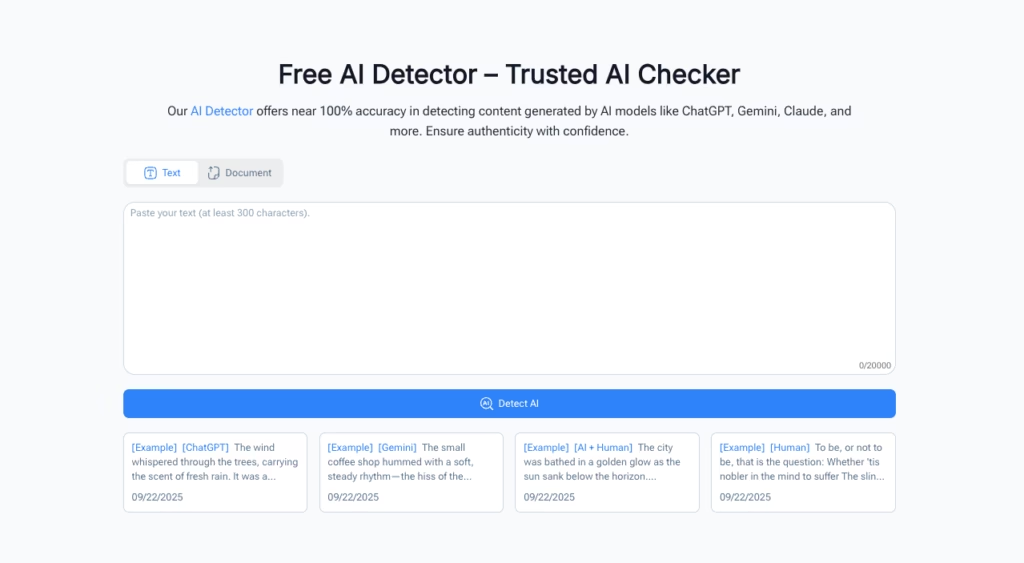For years, SEO has been seen through the lens of keywords, backlinks, and content marketing. While these elements remain vital, the foundation of organic visibility in e-commerce today begins with structured product data. Search engines like Google, Bing, and even marketplace search algorithms thrive on accuracy, structure, and richness of product information.
In this landscape, Product Information Management (PIM) systems have emerged as the secret weapon for retailers and digital marketers. By centralizing, standardizing, and enriching product data, PIM not only ensures consistency across sales channels but also directly fuels search visibility, rich snippets, and higher organic rankings.
For digital marketing professionals looking to drive discoverability and conversions, it’s time to think beyond meta tags and backlinks: SEO starts with product data.
The SEO Challenge in E-Commerce
Before diving into PIM’s role, let’s look at the current SEO challenges in digital commerce:
- Inconsistent Product Data Across Platforms
Many retailers juggle multiple channels—Amazon, Shopify, Walmart, or their own D2C sites. Product names, descriptions, and attributes often become inconsistent, confusing both customers and search engines. - Duplicate Content Issues
Without centralized product information, teams often copy-paste similar descriptions across sites, leading to duplicate content penalties and reduced rankings. - Incomplete or Poorly Structured Product Pages
Missing specifications, vague descriptions, or inconsistent titles hurt SEO and lower click-through rates. - Failure to Leverage Schema Markup
Structured data is the language search engines understand best. Without detailed product attributes, sites miss out on rich snippets like star ratings, price tags, and availability in SERPs. - Slow Time-to-Market
In fast-moving categories like fashion or electronics, delays in updating product pages mean lost opportunities in ranking for trending keywords.
All of these issues stem from one root cause: disorganized product information.
Why Product Data is the Backbone of SEO
Search engines aim to serve users the most relevant and complete answers. For e-commerce, this means:
- Detailed product titles
- Rich descriptions
- Accurate specifications
- High-quality images and videos
- Consistent pricing and availability
- Trust signals like reviews and compliance information
In short, better product data = better SEO. A marketing team may run high-budget SEO campaigns, but if the underlying product information is incomplete or inconsistent, rankings and CTRs will always fall short.
This is where product content management systems like PIM step in, providing a single source of truth for all product attributes that can be syndicated seamlessly to websites, marketplaces, and digital ads.
PIM as an SEO Growth Engine
A Product Information Management platform is more than a back-office tool. It’s an SEO enabler. Here’s how it drives search visibility:
1. Centralized Data for Consistency
When all product details live in one centralized catalog platform, you eliminate inconsistencies across web pages and channels. Search engines reward consistency because it reduces confusion about product identity.
2. Structured Data for Rich Snippets
Schema.org markup is the backbone of rich results in Google—ratings, price, stock status, FAQs. PIM systems store attributes like GTINs, SKUs, dimensions, and materials in structured formats, making it easier to feed search engines the metadata they crave.
Example: A PIM can ensure every product listing has “Price,” “Availability,” and “Review” attributes ready for structured data markup. This helps your listings show up with eye-catching snippets in search results.
3. Automated Keyword Enrichment
Modern PIMs integrate with AI and analytics tools to suggest keywords and synonyms for product titles and descriptions. For example, an online retailer selling “sneakers” can enrich listings with related search terms like “running shoes,” “athletic footwear,” or “trainers,” boosting organic reach.
4. Improved Content Completeness Scores
PIM systems often come with built-in validation rules. If a product listing is missing key SEO-friendly fields (like meta descriptions, alt tags, or feature bullets), the system flags it before publishing. This proactive approach raises content completeness scores and prevents under-optimized pages from going live.
5. Faster Multichannel Syndication
SEO isn’t just about Google anymore. Marketplaces like Amazon and Walmart are search engines in their own right. With PIM, updates can be syndicated across all platforms instantly, ensuring speed-to-market and higher chances of ranking for trending searches.
How Structured Data + PIM = Rich SEO
To understand the direct SEO impact, let’s look at how structured product data feeds into search visibility:
- Product Schema: PIM ensures fields like brand, model, SKU, and price are always complete, powering Google’s product carousels.
- Review Schema: Storing customer reviews and ratings in a structured way helps trigger star-rich snippets.
- FAQ Schema: PIM can store FAQs at the product level, which can be integrated into schema markup to secure accordion-style rich results.
- Local Business Schema: For SMEs, PIM can support store-level attributes like locations and inventory, boosting local SEO.
Essentially, PIM transforms raw product details into structured SEO fuel.
Case Example: SEO Lift with PIM
Consider a mid-size electronics retailer:
Before PIM
- Product titles varied between channels: “Wireless Earbuds” on the site, “Bluetooth Headphones” on Amazon.
- Many listings lacked dimensions, warranty details, or alt-tagged images.
- Rich snippets rarely appeared for their Google listings.
After PIM Adoption
- Product names and attributes were standardized across all channels.
- Schema markup for price, availability, and reviews was automated.
- AI-driven enrichment suggested SEO-friendly terms like “noise-canceling earbuds” and “wireless Bluetooth headphones.”
- Result: 30% higher organic impressions and 20% more click-throughs from rich results.
SEO Beyond Google: PIM in Omnichannel Search
While Google dominates, SEO for e-commerce must also account for marketplace and voice search optimization.
- Amazon SEO: PIM ensures keyword-rich titles, bullet points, and backend search terms are consistently updated, improving ranking in Amazon A9.
- Voice Search: With AI assistants growing, structured data from PIM helps align with conversational queries like “best organic cotton bedsheets under $50.”
- Social Commerce: Platforms like Instagram Shopping and TikTok Shop rely on accurate product feeds—something PIM automates.
In every scenario, the quality of product data determines discoverability.
The Future: AI-Powered PIM for Search Excellence
The next frontier is AI-driven product data optimization. Leading PIM systems already integrate AI/ML for:
- Automated attribute tagging (e.g., color detection in images)
- Smart translations for multilingual SEO
- Content gap analysis (detecting missing keywords or attributes)
- Predictive enrichment (suggesting product descriptors based on buyer intent data)
For digital marketers, this means less manual SEO work and more focus on strategy. The product data solution itself becomes SEO-aware, continuously refining listings to match algorithm updates and consumer search behavior.
A Roadmap for Digital Marketers
For marketing teams looking to align SEO with product data, here’s a practical roadmap:
- Audit Existing Product Pages – Identify gaps in metadata, schema, and content richness.
- Adopt a Product Content Management System – Centralize all product data into one platform.
- Integrate SEO Rules – Use PIM’s validation to enforce meta descriptions, alt text, and structured attributes.
- Automate Syndication – Ensure updates flow to Google Merchant Center, Amazon, and social commerce simultaneously.
- Monitor SEO KPIs – Track impressions, CTRs, and conversions linked to enriched product data.
By following this roadmap, marketers can shift from reactive SEO fixes to proactive data-driven SEO scaling.
Conclusion: SEO Begins at the Product Data Layer
In digital marketing, it’s easy to get caught up in algorithm updates, link-building campaigns, or content calendars. But at the heart of e-commerce SEO lies a simple truth: search visibility is only as strong as the product data behind it.
A centralized catalog platform like PIM transforms fragmented, inconsistent product information into structured, enriched, and search-optimized data. This, in turn, fuels rich snippets, enhances click-through rates, and boosts discoverability across Google, Amazon, and emerging digital channels.
For digital marketers, the message is clear: if SEO is the engine of growth, product data is the fuel. Investing in modern product information solutions like Catsy is no longer optional—it’s the foundation of search visibility and organic growth in digital commerce.



